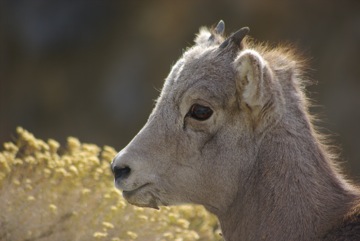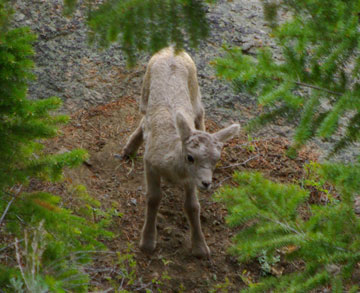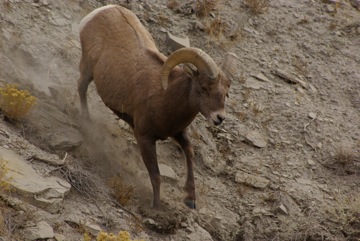The Governor has vetoed SB1175 leaving SB1232 in its place.
 Presumably SB1232 will pass the legislature and the Governor will sign it into law.
Presumably SB1232 will pass the legislature and the Governor will sign it into law.
How much valuable time has been spent on this issue by the legislature, state and Federal agencies, interest groups and the Governor? Is this the best use of time in this failing economy where education, public health, and other budgets are being slashed leaving behind dysfunctional important agencies and programs? Vaccine for Children, coverage for cystic fibrosis patients over 18, and adult and travel immunizations are but a few examples of programs that have been cut. These programs actually save lives and these cuts will inevitably result in more illness and premature deaths among our most vulnerable citizens.
Sheep industry officials are admitting that if they are held accountable for their actions and how they treat public lands and wildlife, they will go out of business. Their operations are not viable, so as it is – without all the subsidies – they would collapse.
Again, here are subsidies received by wool growers affected by the likely changes on the Payette National Forest:
Soulen Livestock Co received payments totaling $1,010,401 from 1995 through 2006
http://farm.ewg.org/farm/persondetail.php?custnumber=009379239
Ron Shirts received payments totaling $214,707 from 1995 through 2006
http://farm.ewg.org/farm/persondetail.php?custnumber=008358031
Frank Shirts Jr received payments totaling $775,817 from 1995 through 2006
http://farm.ewg.org/farm/persondetail.php?custnumber=008376206
Guy M Carlson received payments totaling $110,307 from 1995 through 2006
http://farm.ewg.org/farm/persondetail.php?custnumber=008371346
The changes made that appear in the new bill SB1232 are smoke and mirrors. These changes do not address the real on the ground situation where bighorn sheep, especially rams, travel widely throughout the region and intermingle with domestic sheep then go on to intermingle with other bighorn sheep. This can go undetected due to poor management practices by the herders who often don’t understand the situation as they are immigrant laborers who can’t even speak English. This is not to say that these herders are in any way responsible for the situation but to say that many times they are just put in an untenable situation.
This also doesn’t address the issue of straying or lost sheep. Many times herders return from the season and unaccounted sheep are left behind on the range. These sheep may end up in bighorn sheep habitat. These situations have been documented on numerous occasions.
Otter vetoes bill that called for killing bighorns
Associated Press












